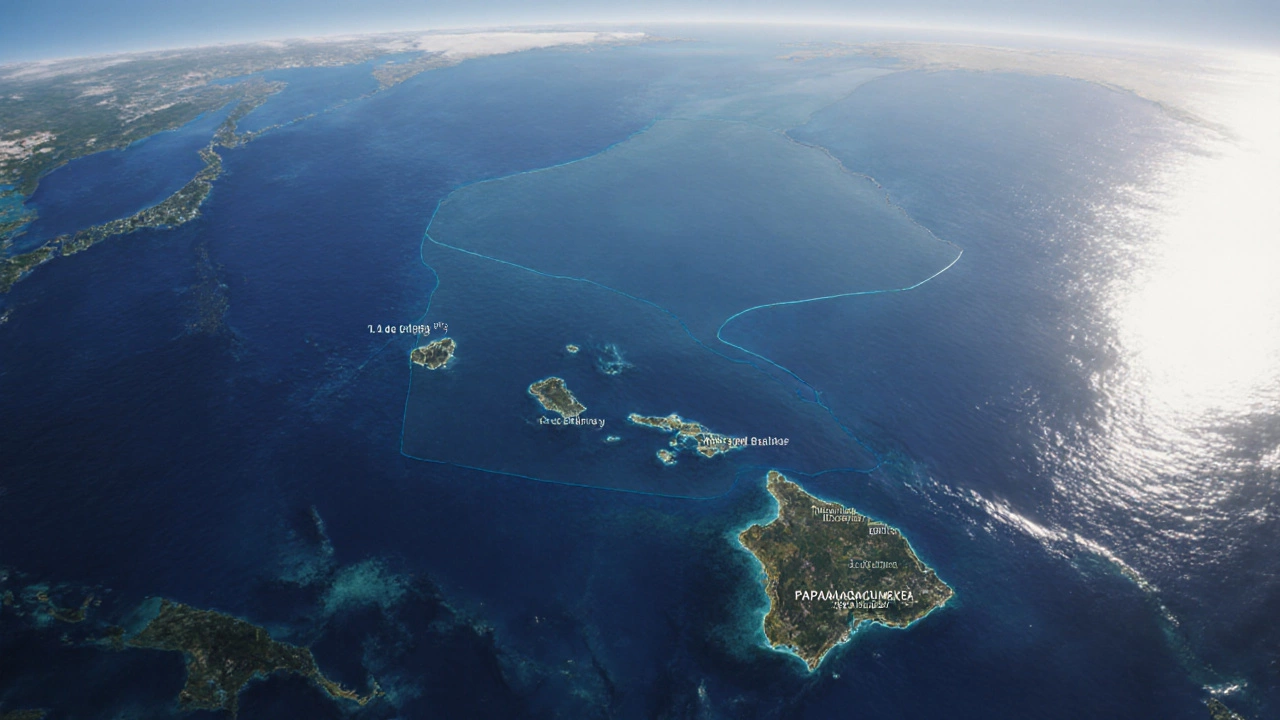UNESCO Natural Heritage Sites in India: What Makes Them Special
When you think of UNESCO natural heritage, designated areas recognized by the United Nations for their outstanding natural value and ecological importance. Also known as World Heritage Natural Sites, these places are protected not just for their beauty, but because they hold irreplaceable ecosystems, rare species, and geological wonders that shape our planet. India has seven of these sites—each one a living library of biodiversity, ancient landscapes, and untouched wilderness.
These sites aren’t just pretty views. They’re active conservation zones where forests, rivers, and mountains are managed to protect everything from Bengal tigers in Bandipur National Park, a critical tiger reserve in Karnataka that’s part of the Nilgiri Biosphere Reserve, to the rare one-horned rhinos in Kaziranga National Park, a floodplain grassland in Assam that holds two-thirds of the world’s rhino population. The Great Himalayan National Park, a high-altitude sanctuary in Himachal Pradesh that shelters over 1,000 plant species and rare animals like the snow leopard, shows how remote, rugged terrain can still support complex life. These aren’t tourist attractions—they’re scientific treasures, and visiting them responsibly matters.
What sets these places apart from regular parks is the global recognition they carry. Being on the UNESCO list means strict rules: no mining, no large-scale development, no unchecked tourism. It’s why you won’t find resorts or concrete paths in places like Keoladeo National Park, a wetland in Rajasthan that hosts over 360 bird species, including migratory flamingos from Siberia. This isn’t just about saving animals—it’s about protecting the natural systems that support life, including clean water, stable climates, and pollination for crops far beyond India’s borders.
You’ll find these natural sites mentioned across our posts—not just as destinations, but as living ecosystems tied to trekking trails, wildlife safaris, and cultural traditions. Whether you’re planning a hike through the Himalayas, looking for quiet forest camps, or wondering why certain areas are off-limits to tourists, the answers often lead back to their UNESCO status. Below, you’ll find real guides on how to explore these places safely, what to expect, and how to respect them while you’re there. No fluff. Just what you need to know before you go.
